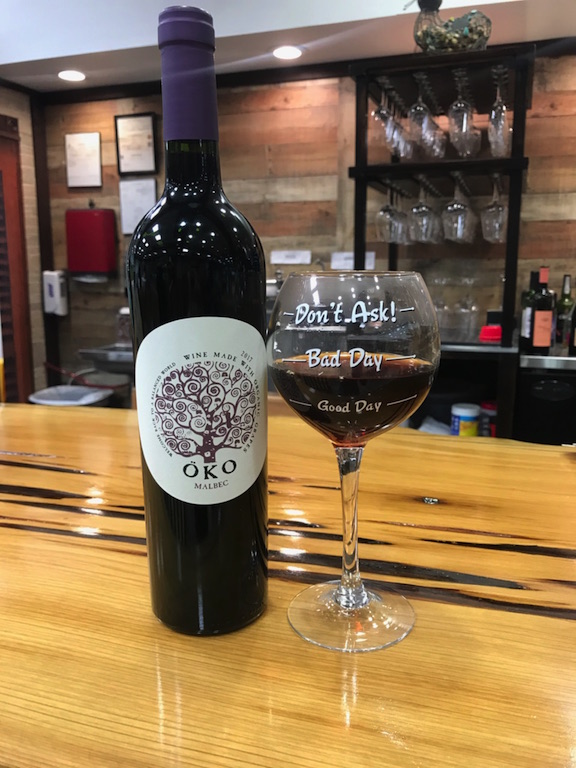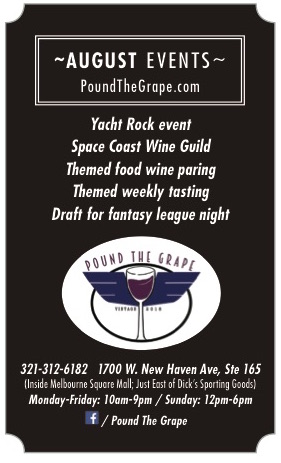 Do you have a friend or know someone that knows alot about wine? Have you watched them taste and drink wine, then wondered what gives with all of the little mannerisms? They swirl,, stare intently into their glass, stick their nose into the glass and declare, “smells of vanilla!” Then they finally take their first drink.
Do you have a friend or know someone that knows alot about wine? Have you watched them taste and drink wine, then wondered what gives with all of the little mannerisms? They swirl,, stare intently into their glass, stick their nose into the glass and declare, “smells of vanilla!” Then they finally take their first drink.
Have you asked yourself what the heck are they doing? Well it turns out that none of these are hidden in the wine tasters book of secret knowledge. They are the common, in fact standard techniques used by all wine affectionados. Their not hard to learn and using them will improve your appreciation of one of the oldest and most popular beverages in the world. And even more important, when you use them you will also look like that expert you’ve been admiring.
To embark on your wine tasting adventure you’ll start off with a simple three step process to uncover your wine’s characteristics.
Step one look.
The first thing to do is look for the color of the wine. In general you are just trying to identify the color of the wine as you see it. First look straight down into the glass, this can give you an idea of the depth and hue of the color of the wine. It’s a helpful technique to help you describe the color with a little more detail. But the best way to really identify the color is to tip the glass so the wine just reaches the lip and hold it over something white so that you’re looking through the wine to the white background. Then try and be a little more descriptive than red or white. Think rose, lemon, pale lemon or deep purple. Knowing the color helps you identify how long the juice has been in contact with the skins of the grape. Simply put, the longer the juice is in contact with the skin the more the juice takes on the characteristics of the skin. And this can tell you how the wine is going to taste.
Next swirl the glass slightly and look to see how the wine runs down the glass. It will leave runners, called legs or tears. The longer or heavier the legs, tells you that this wine has a higher alcohol or sugar content.
Step Two Smell.
Hold your glass chest level and see if you can smell anything. Often wines with higher alcohol levels will tend to have a stronger smell, known as the nose. The “nose” of a wine – its bouquet or aroma – is the major determinant of perceived flavor in the mouth.
 Once you’ve taken a sniff at the chest move the glass to just below the nose and sniff again.
Once you’ve taken a sniff at the chest move the glass to just below the nose and sniff again.
Now swirl the wine in the glass and repeat. Notice how the smells intensify. This is the alcohol coming in contact with the air and evaporating carrying the aromas out. Finally stick your nose right into the glass and take another big whiff. What your trying to identify are a few basic characteristics. These are:
Fruits think peach, raspberry, plum, or others. Herbaceous this usually means can smell like cut grass, or herbs. Earth smells like dirt that you’ve just dug up. And any other smells you can identify.
As your nose becomes more sophisticated you will be able to pick up many more nuances. Talking to others to find out what they are experiencing will open new worlds. Don’t be discouraged if you don’t get a lot out of this at first. Keep trying and you’ll be surprised how these aromas will open up to you. But if your really interested in improving your appreciation of wine then, practicing with your nose is essential. Smell is actually the key determinant to taste.
Finally Taste.
Now for what we’ve been waiting for actually tasting the wine.
You might have guessed that their is actually quite a lot that goes into tasting wine. Not surprising the first step is to put it in your mouth. But don’t put to much, just put enough to cover your tongue. As the wine lays on your tongue suck air in across it. This will help release flavors and aromas.
Flavor characteristics to look for are: fruits, flowers, spices, vegetables, oak, and others.
Other characteristics are:
Sweetness
Acidic
Tannins.
Sweetness is just like it sounds is it sweet or not. Acidic can be identified by letting the wine lay on your tongue, if you notice the sides of your mouth starting to water this tells you the wine is acidic. ThenTanic this is often confused with a wine being dry. Tannins are what come from the seeds, stems and skin. Tannins will make your mouth feel dry and is often what people mean when they say a wine is dry. Technically if a wine is not sweet it is dry, if the wine drys your mouth out it has high tannins.
So next time you tip a glass take a minute and go through the three steps to see what else you can discover.







